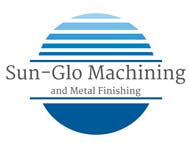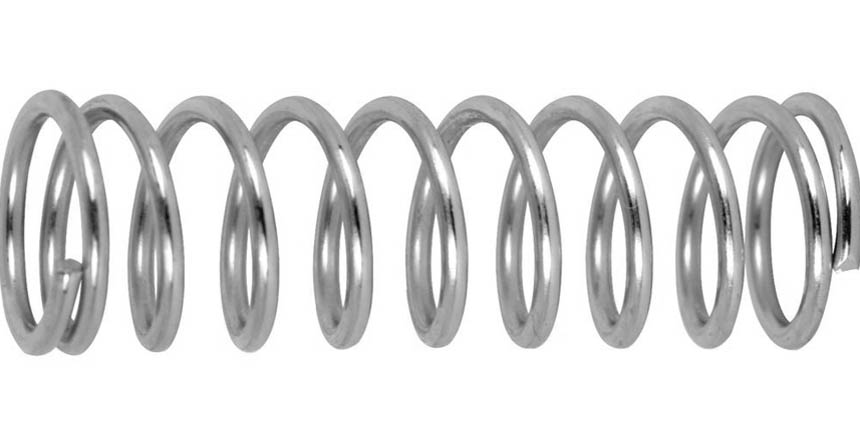Chromium electroplating uses a chromium substance or chromic acid to cover different metal surfaces. An electrical charge is applied to a plating bath containing an electrolytic salt solution. The electrical charge causes the chromium in the bath to deposit onto the objects in the plating bath. Chromate conversion coating expert use chromium for a multitude of aesthetic and industrial applications such as: hydraulic cylinders and pistons, automotive and mechanical components, press punches and tooling, mining and agriculture, shafts and rotors, components used in textiles and printing, and for molds and screws. Once the layer of chromium is deposited, it provides long-lasting durability that is resistant against wear, impact, and corrosion, as well as a clean, smooth, and beautiful finish. Chromate conversion coating experts categorize chromium coatings based on the thickness of the metal layer applied. Here are the different types:
1. Decorative Coating
For decorative purposes, chromium conversion coating experts can use a variety of coating thicknesses — from a few hundredths of a millimeter to one millimeter. For the best corrosion protection, chrome coating should be applied over nickel, which can also adhere to copper.
2. Industrial Hard Chrome Coating
A hard chromium coating leaves a layer of chrome from 0.0008 to 0.0050 inches. Chromate conversion coating experts use this plating for parts which are subject to a high degree of wear and tear. This coating is usually applied to exterior surfaces where subsequent machining is easier, and because of the thickness, cracks are induced, and greater porosity is achieved.
3. Thin Dense Coating
Thin dense coating results in improved fatigue life, smoother surface, and higher resistance to corrosion. It is applied to interior surfaces and inside diameters which allows for closer tolerances, better uniformity, and reduces the honing of the plated surfaces. Although the layer is very thin, ranging from 0.005 to 0.015 millimeters, the cost is usually higher than hard chrome because chromate conversion coating experts use a fluoride catalyst bath. Thin dense chromium plating is also applied much slower than hard chrome plating.
4. Crackfree Chromium Coating
Crackfree chromium coating is an electroplated version of industrial hard chrome. However, chromate conversion coating experts do not apply as thick of a layer — the limit is 0.0005 — so, it does not exhibit the same crack pattern.
The longevity of the chromium coating depends on how well the chromate conversion coating experts prepare the surface, the method they use to coat the metal, the choice, and quality of the solution, and the thickness of the layer. While all chromium coating can be applied to soft and hard surfaces, the plating does adhere better to harder surfaces. 95% of the time, chromium coating experts use Hard Chrome coating because of its excellent adherence ability. There is little to no risk of de-lamination or flaking during use. However, what else makes this option so popular? It is corrosion-resistant and suitable for complex and irregular geometries. It can be applied to a wide range of metals (stainless steel, copper, and brass), and applicable at low temperatures.

